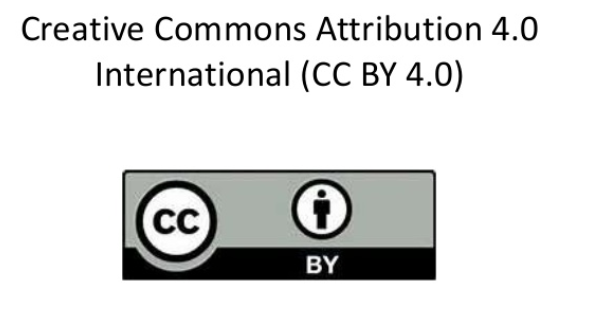Arjay Julio, Wynsel Carven Tandoc, Hans Daniel Tipace, Yannah Franzine Vendivil, Zyrene Yanesa, Maria Violeta R. Tare, Elmar Jon Lactaoen, Ken Joseph Clemente
Science, Technology, Engineering, and Mathematics Strand Strand, Senior High School, University of Santo Tomas, Sampaloc, Manila, 1015, Philippines
Abstract
Allelopathy is a biological process where plants affect, often inhibitory, the growth and germination of other species within their space. This study aimed to demonstrate and compare the allelopathic effect of Lantana camara and Chromolaena odorata leaf extracts on plant germination, with Vigna radiata as the test plant. Leaf extracts were assayed at 10%, 25%, 50%, 75%, and 100% concentrations, and the corresponding allelopathic effects were compared to that of control. Findings indicated that L. camara and C. odorata leaf extracts inhibited V. radiata seedling growth and germination in increasing concentrations, with C. odorata leaf extract exhibiting greater inhibitory effect. The estimated marginal mean lengths (in cm) of root, hypocotyl, and epicotyl of V. radiata are 0.917, 5.937, and 3.263 under the control; 0.195, 0.813, and 0.499 under L. camara; and 0.101, 0.217, and 0.051 under C. odorata, respectively. Phytochemical analysis showed presence of several allelochemicals in both leaf extracts. These compounds were suspected to be the primary drivers of the observed allelopathic effect. It is suggested that the quantitative phytochemical analysis and herbicidal properties of L. camara and C. odorata be studied further.
Keywords: Lantana camara, Chromolaena odorata, Allelopathy, Invasive Alien Species, Bioassay



